24-hour hotline:+8613662168047
Keyword search: battery plant , lithium battery factory , power bank works , lifepo4 battery mill , Pallet Trucks LiFePO4 Battery, LiFePO4 Pallet Trucks Battery, Lithium Pallet Trucks Battery,
1. Differences in materials: In polymer lithium-ion batteries, at least one of the three basic elements mentioned above must use polymer materials, such as replacing electrolyte solutions with strange things such as polyacrylic acid and polymethyl methacrylate.
2. Differences in electrolyte morphology: Most liquid lithium-ion batteries use liquid organic solvents+conductive salts, so these electrolytes are replaced with colloids/solids (specific composition depends on battery model).
Polymer lithium battery, liquid lithium battery, energy density (Wh/L)>300200-280, customizable degree (shape), flexible and difficult to customize, light in weight (no metal protective shell required), heavy (metal protective shell required), safe and cost-effective
1. Energy density: The higher the energy density, the more capacity can be possessed per unit volume. Polymer lithium batteries have achieved an energy density of 600Wh/L+through improvements in materials/thickness such as the negative electrode (anode) and separator.
2. Customizability: Polymer lithium batteries are easier to achieve lightness and thinness in shape, and do not require the use of metal protective shells, making it easier to customize into various shapes.
3. Weight: It is already indicated on the table.
4. Safety: In extreme situations (such as overcharging/high temperature), lithium batteries may undergo violent chemical reactions inside, producing a large amount of gas. At this time, liquid lithium batteries are wrapped in a metal shell, and when the internal pressure is relatively high, the shell will rupture and explode. Polymer lithium batteries, on the other hand, are only wrapped in aluminum film (or plastic shell), and as long as the internal pressure is slightly high, they will expand or rupture, without causing an explosion. However, it should be noted that both liquid lithium batteries and polymer lithium batteries can burn in extreme situations.
5. Cost: In addition to higher material costs compared to liquid lithium batteries, polymer lithium batteries have a higher degree of customization, which leads to more costs in the design and manufacturing process, such as various customized fixtures, testing equipment, etc., resulting in higher costs for polymer lithium batteries compared to liquid lithium batteries with standard/regular shapes.
Due to the different production processes of various manufacturers, polymer lithium-ion batteries on the current market are divided into two different structures: wound (represented by Sony and Toshiba) and stacked (represented by TCL and ATL). However, most specifications suitable for mobile phone needs are below 4mm thickness. Compared with liquid lithium-ion batteries, due to the thinner aluminum film used in the polymer packaging, which is thinner than steel and aluminum shells, and the different production methods from liquid lithium-ion batteries, the thinner the polymer, the better the production. In theory, batteries with a thickness of less than 0.5mm can be produced.

Lithium Batteries ,Ensure Quality
Our lithium battery production line has a complete and scientific quality management system
Ensure the product quality of lithium batteries
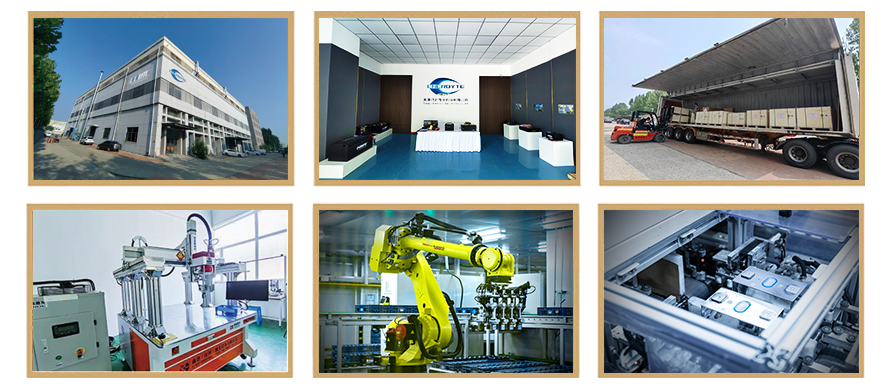
Years of experience in producing lithium batteries
Focus on the production of lithium batteries
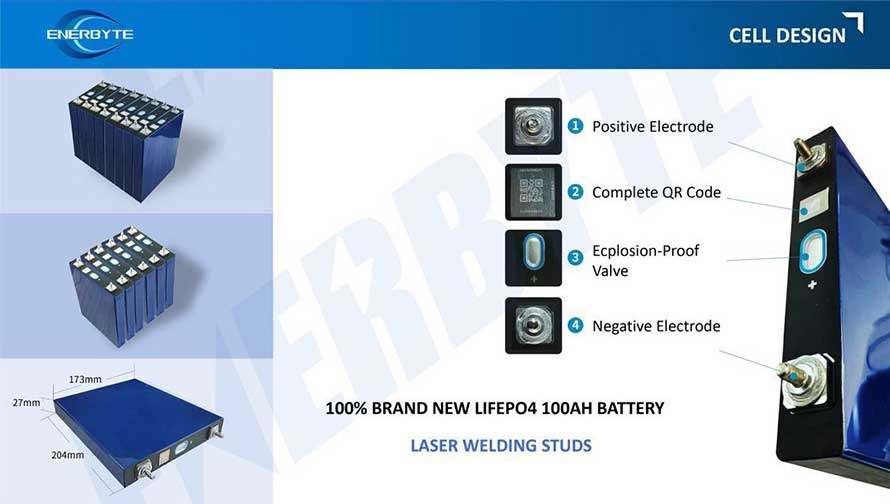
WE PROMISE TO MAKE EVERY LITHIUM BATTERY WELL
We have a comprehensive explanation of lithium batteries
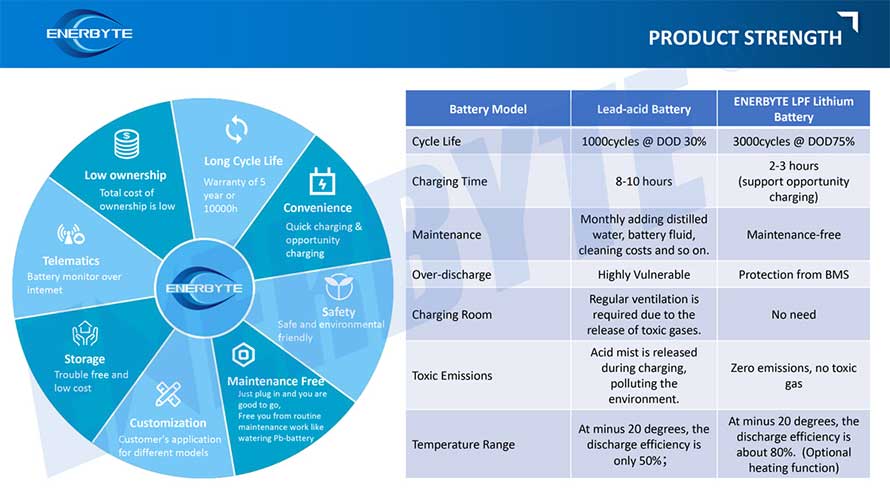
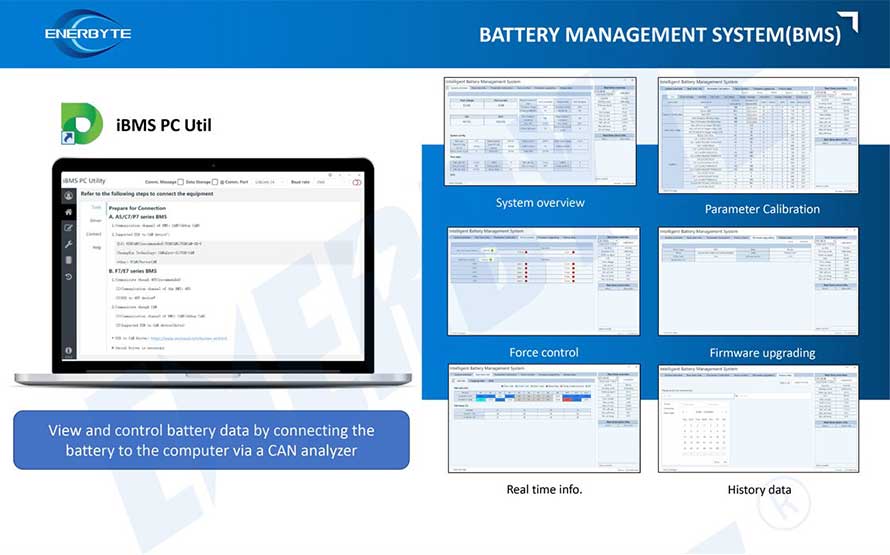
QUALIFICATION CERTIFICATE
THE QUALITY OF COMPLIANCE PROVIDES GUARANTEE FOR CUSTOMERS
MULTIPLE QUALIFICATION CERTIFICATES TO ENSURE STABLE PRODUCT QUALITY
Providing customers with professional and assured products is the guarantee of our continuous progress.
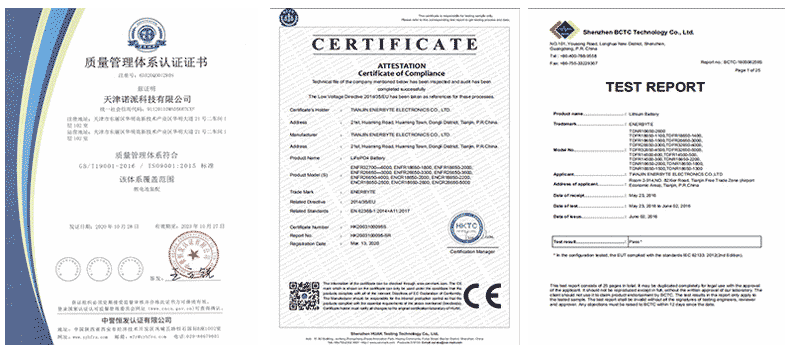
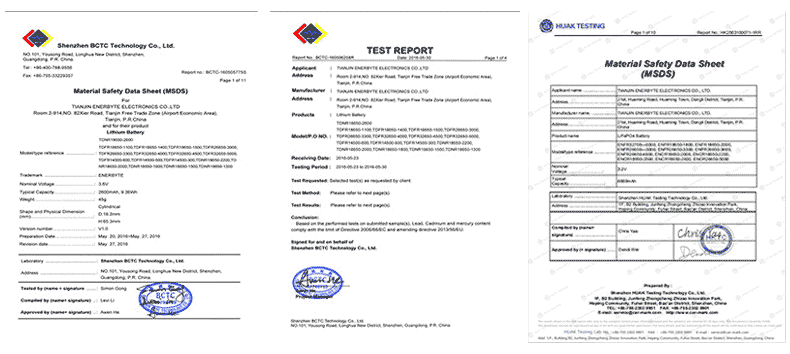
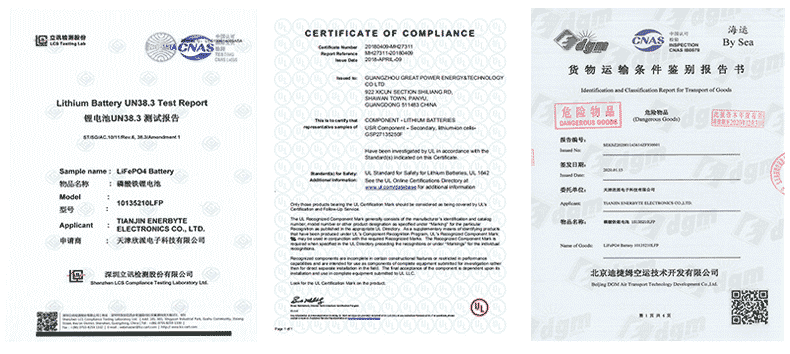
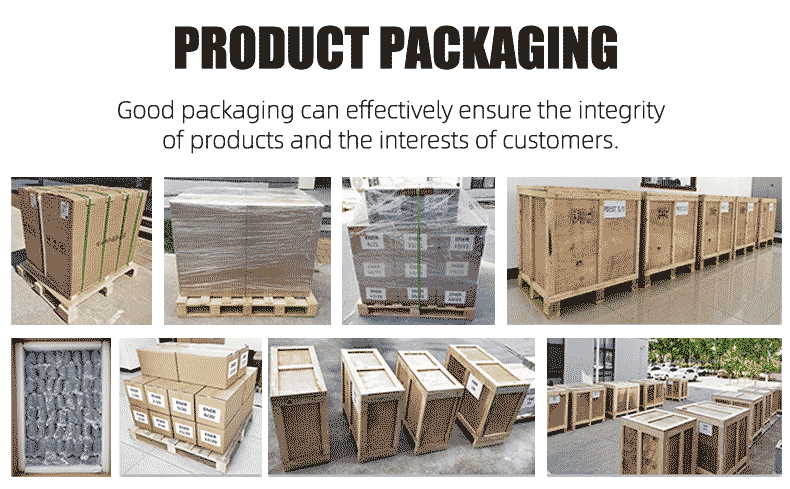
Applicable brands of our products
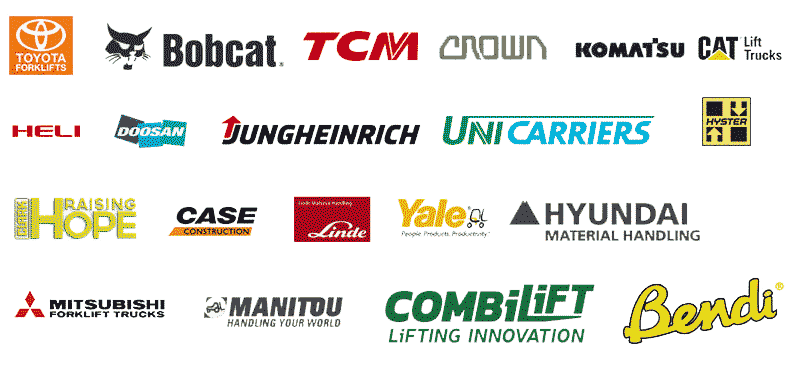

 Service hotline
Service hotline